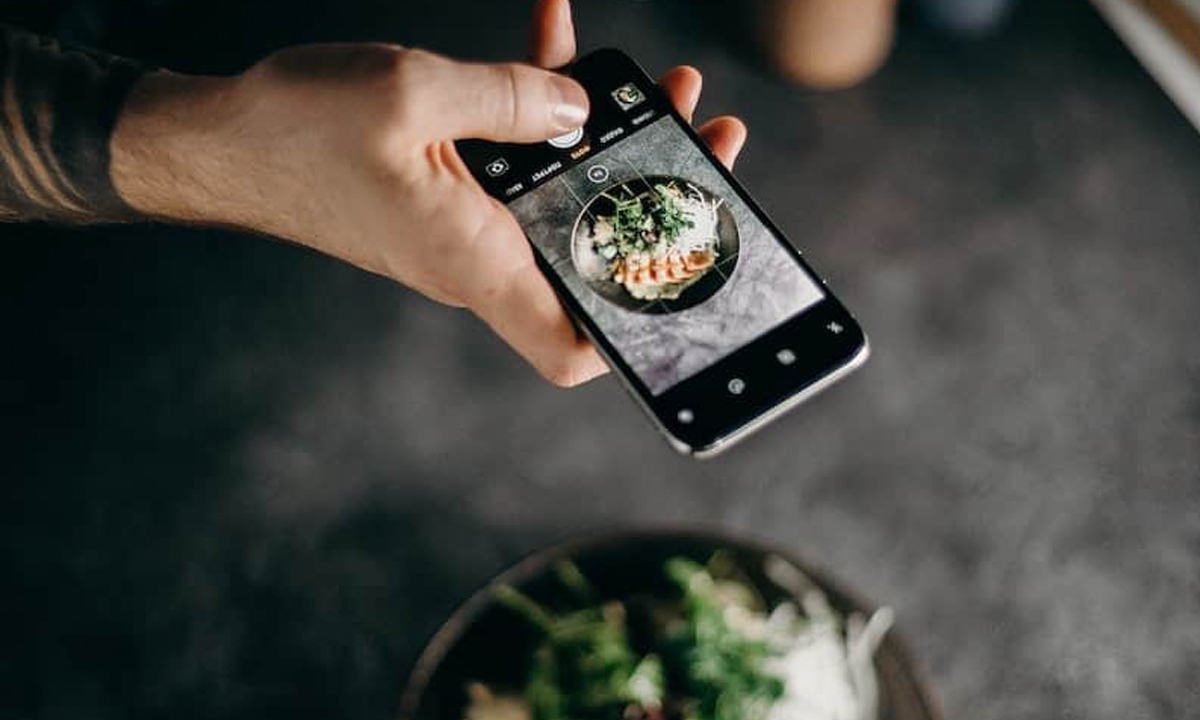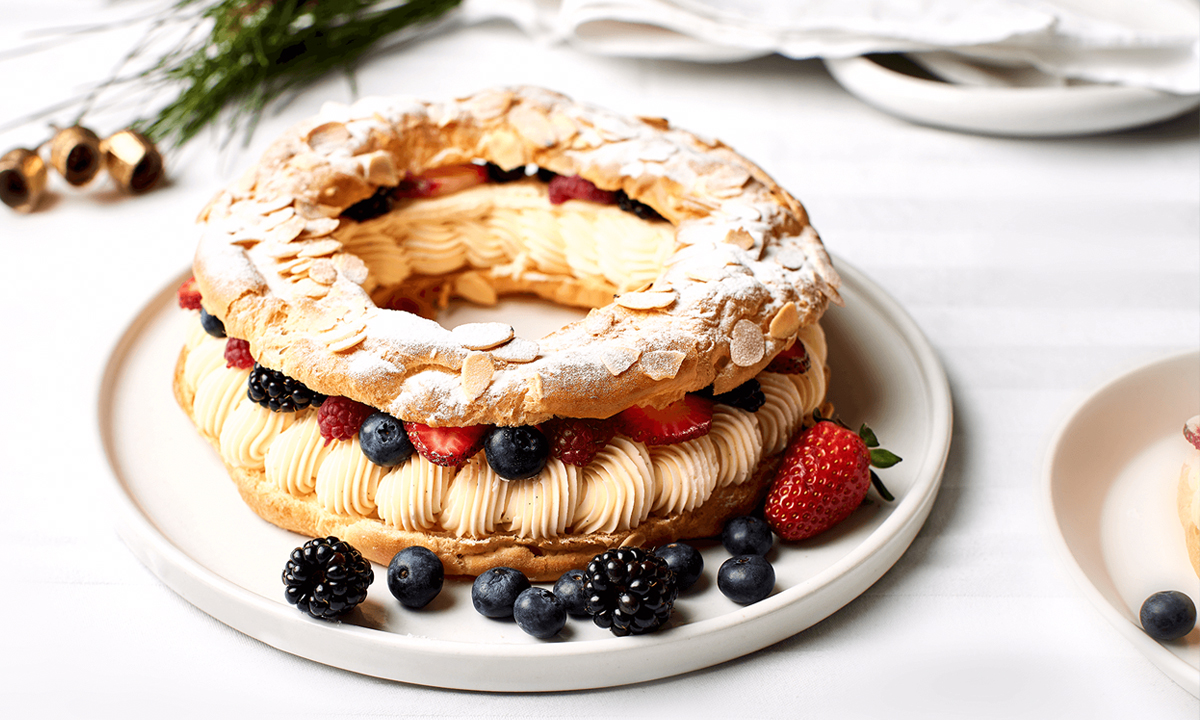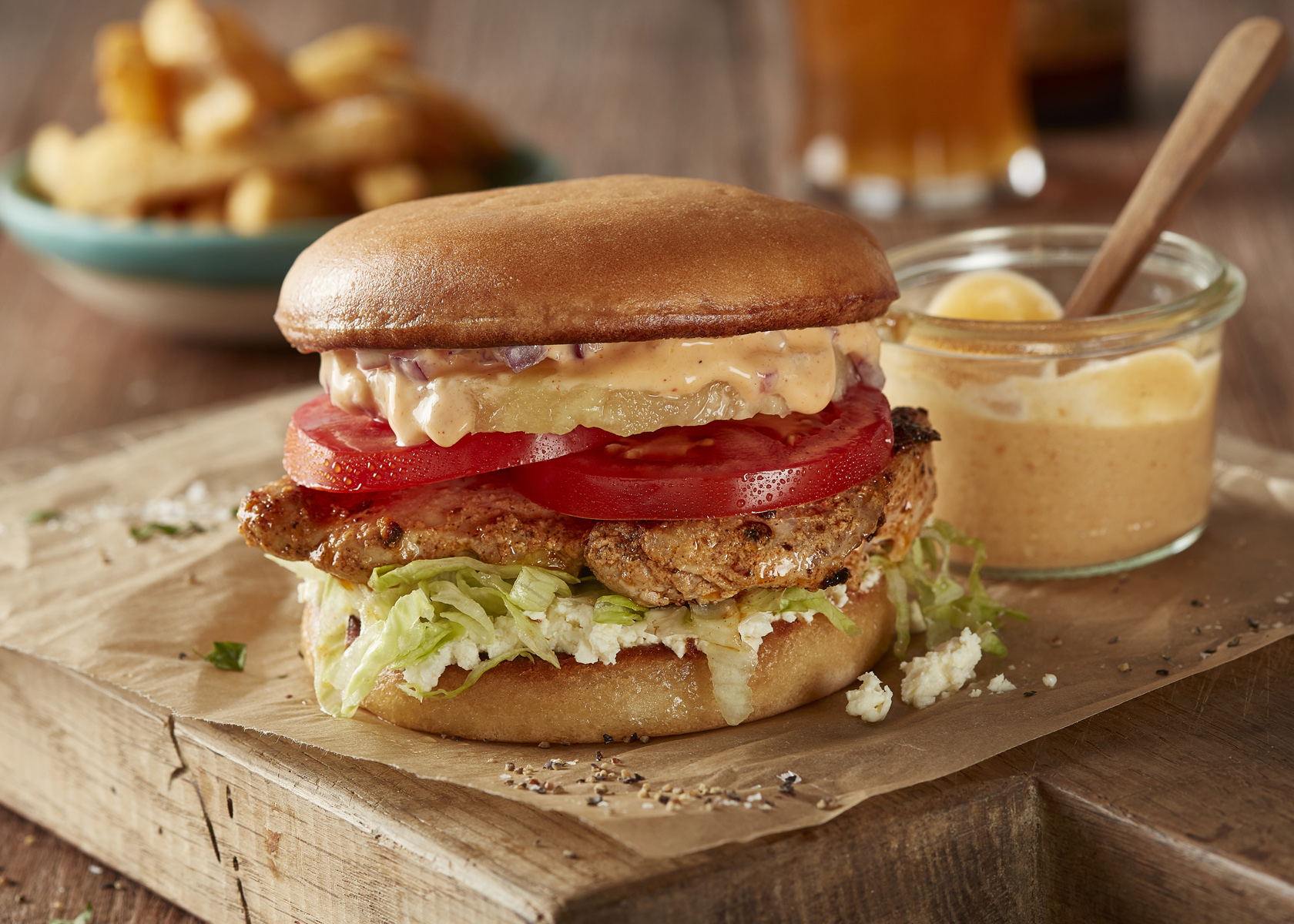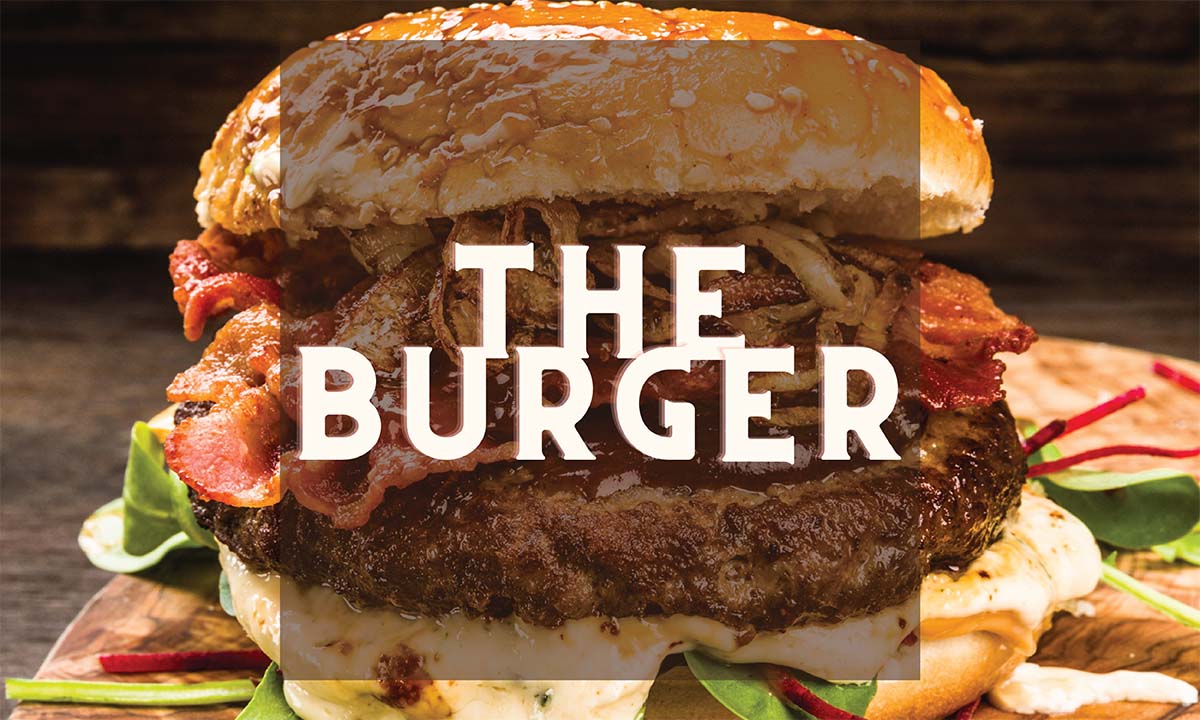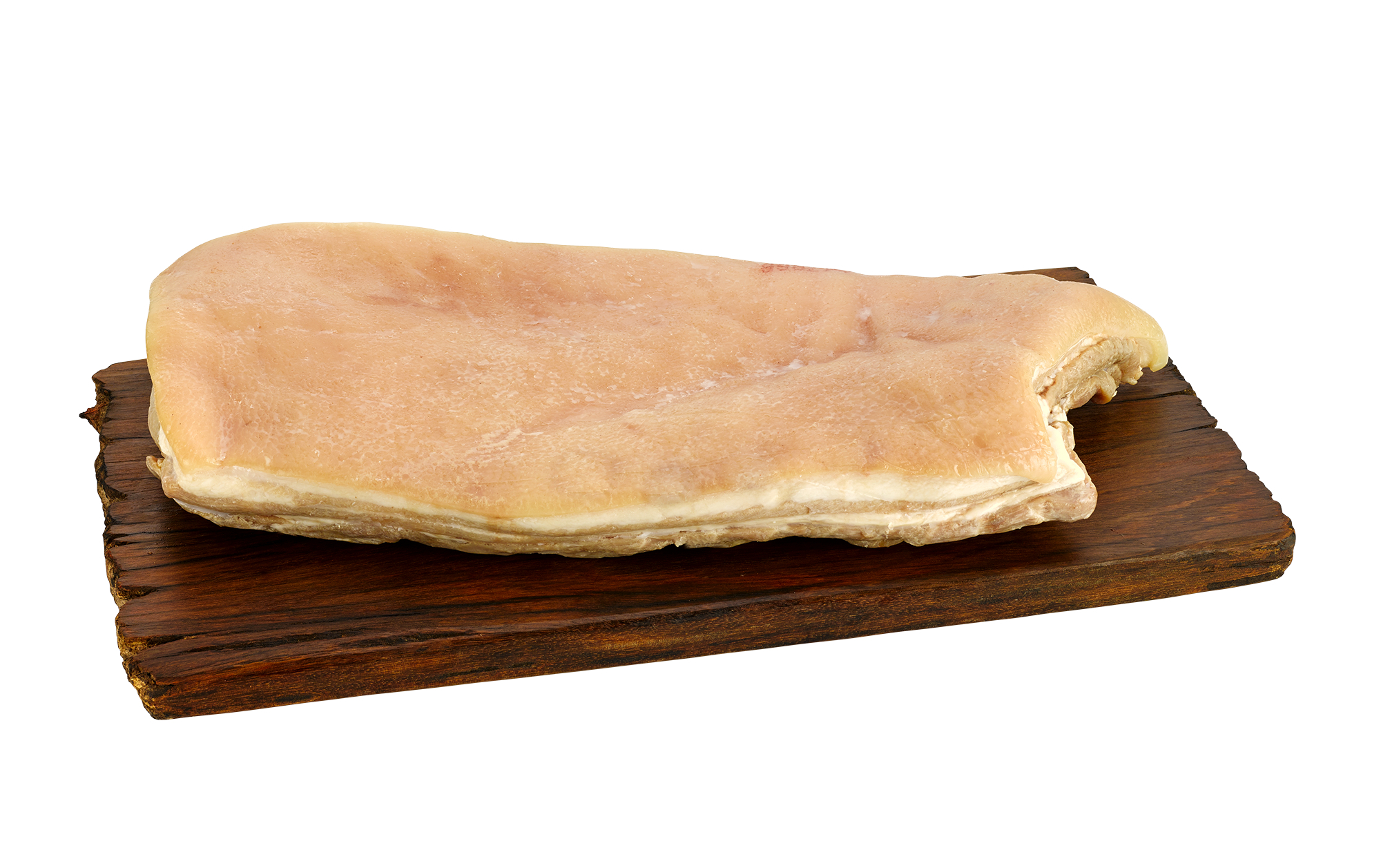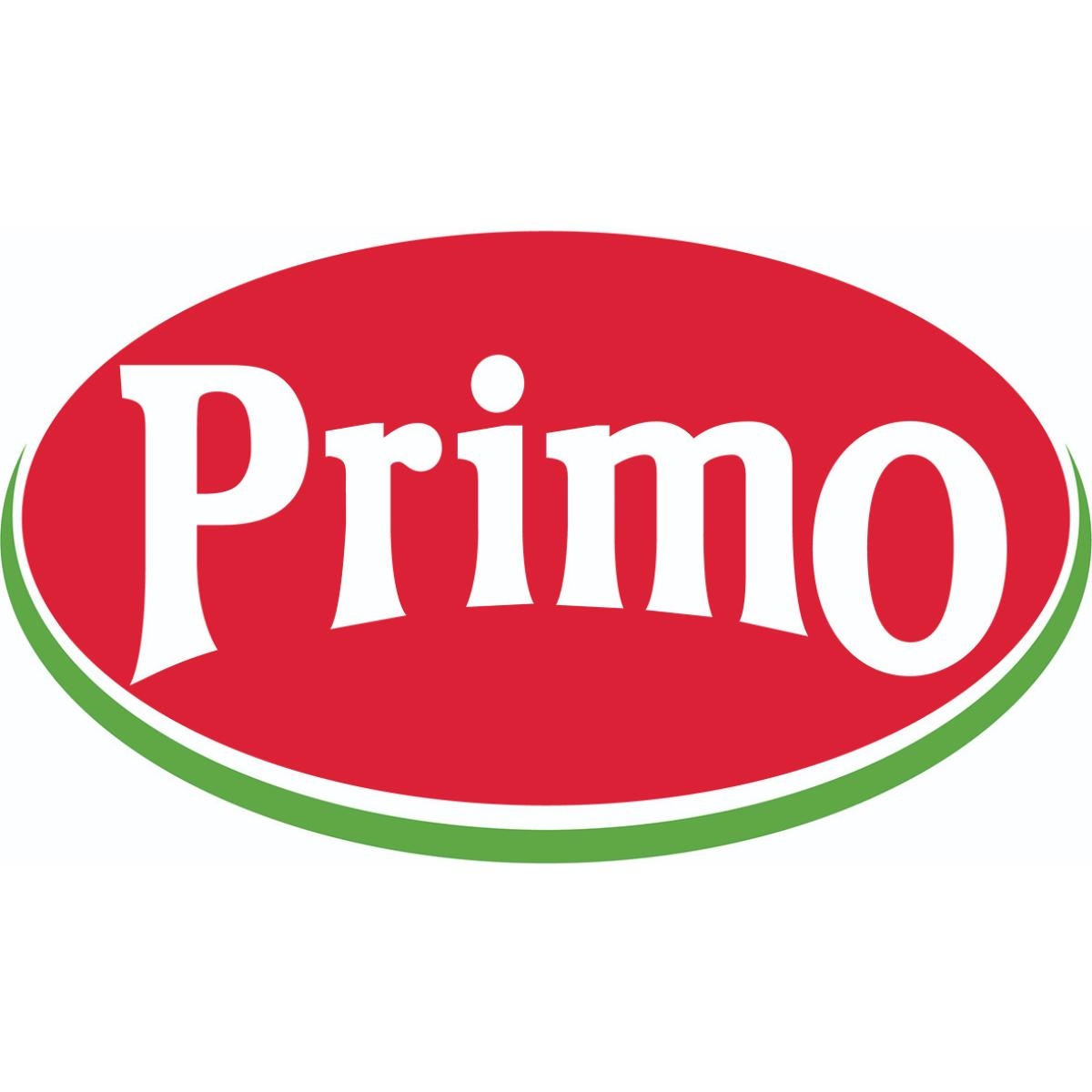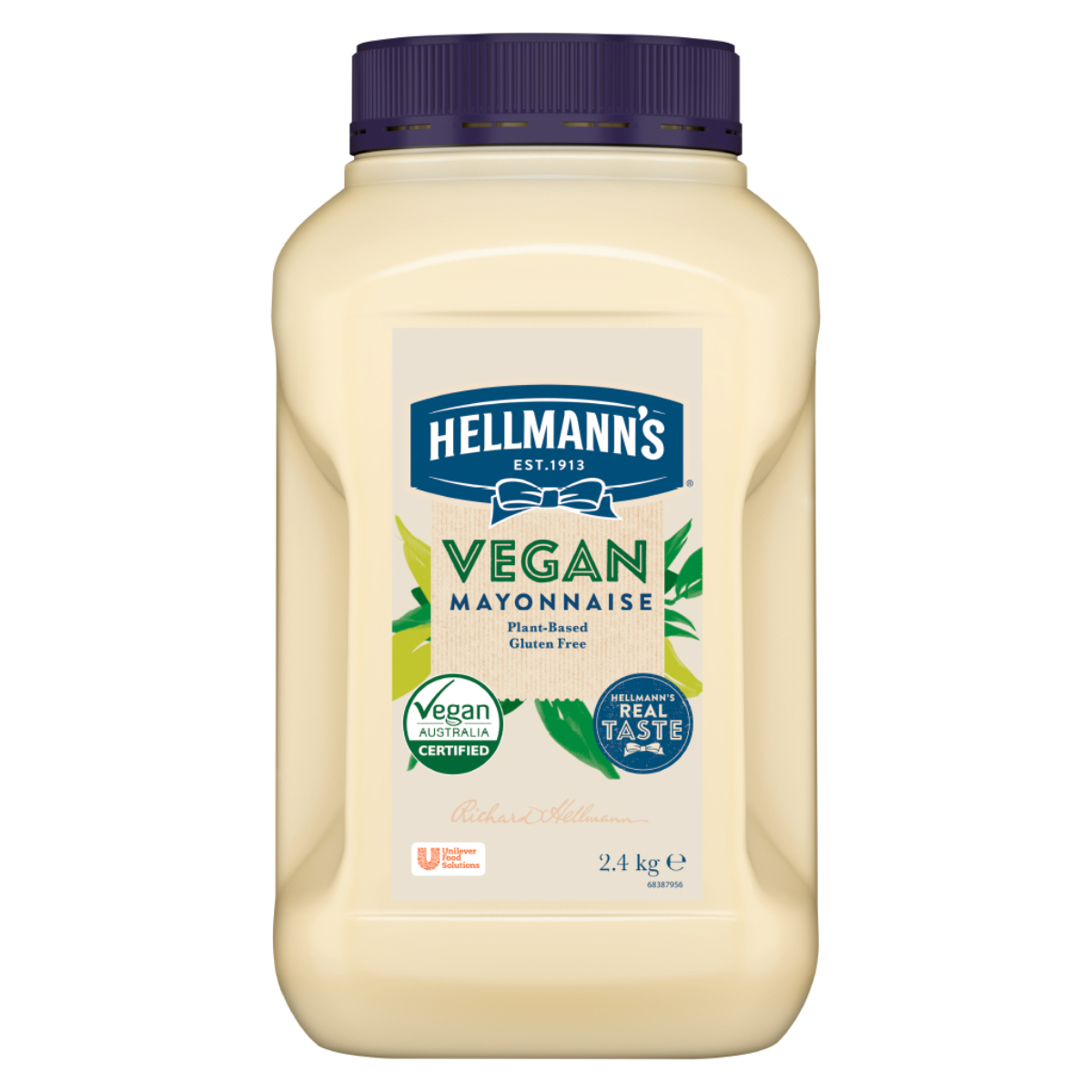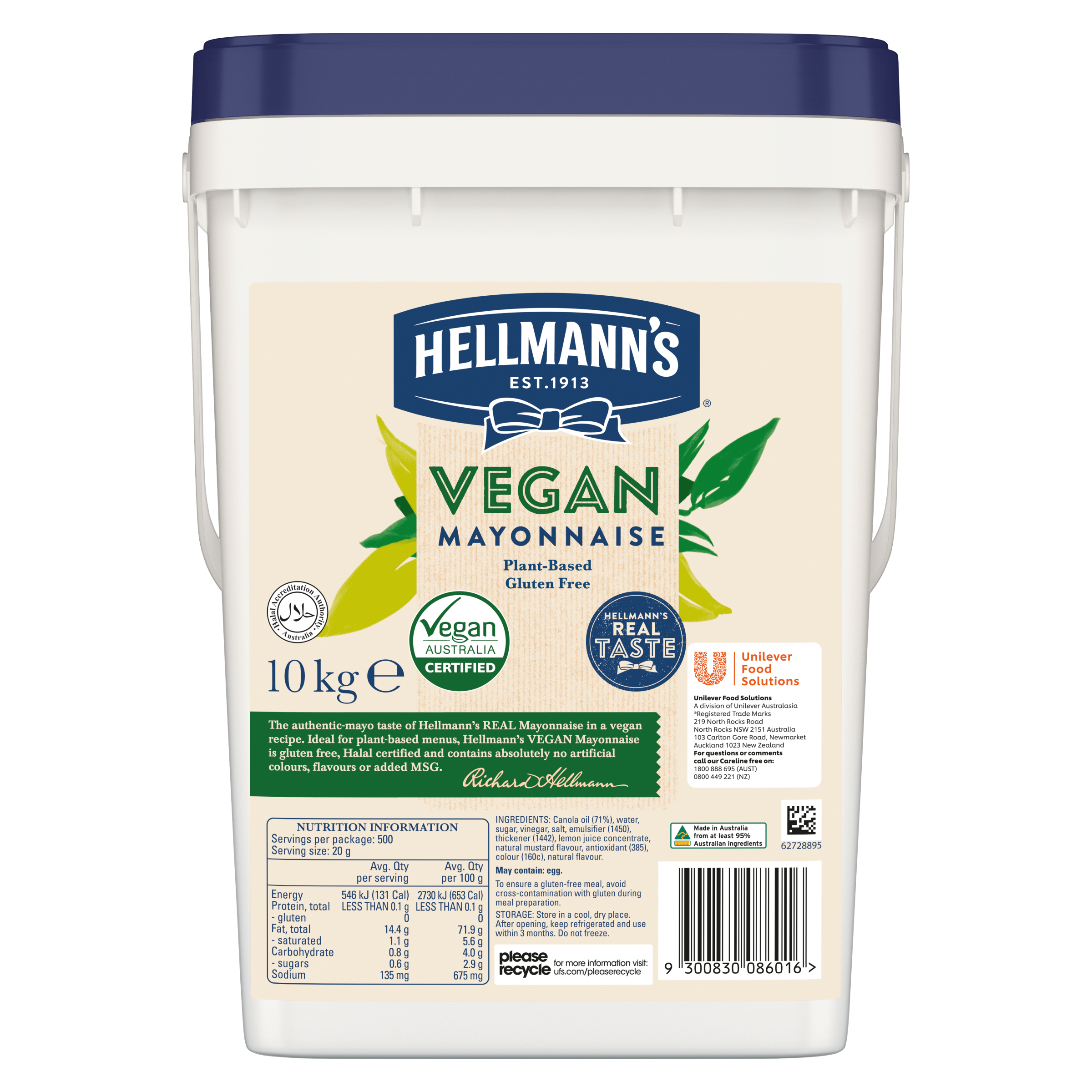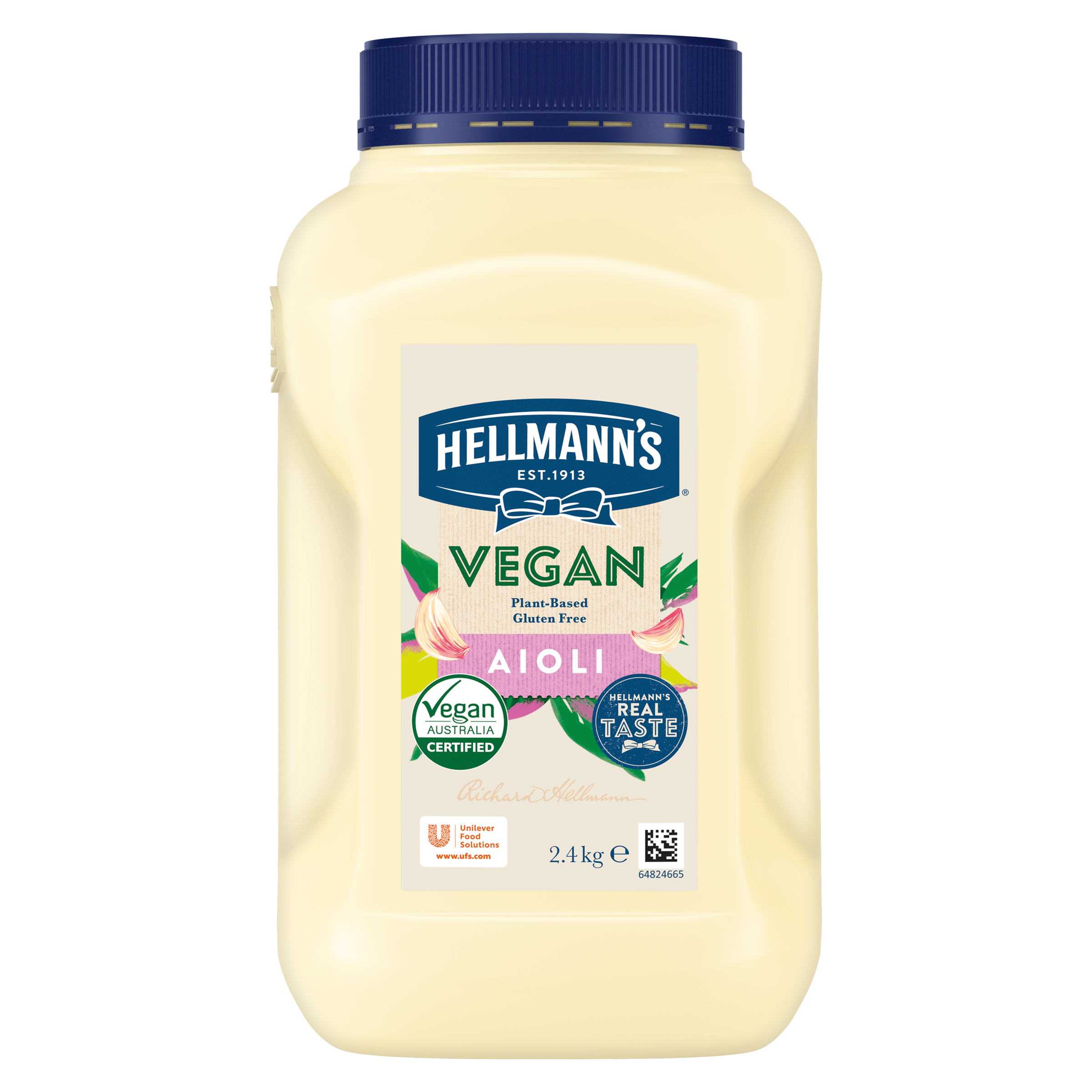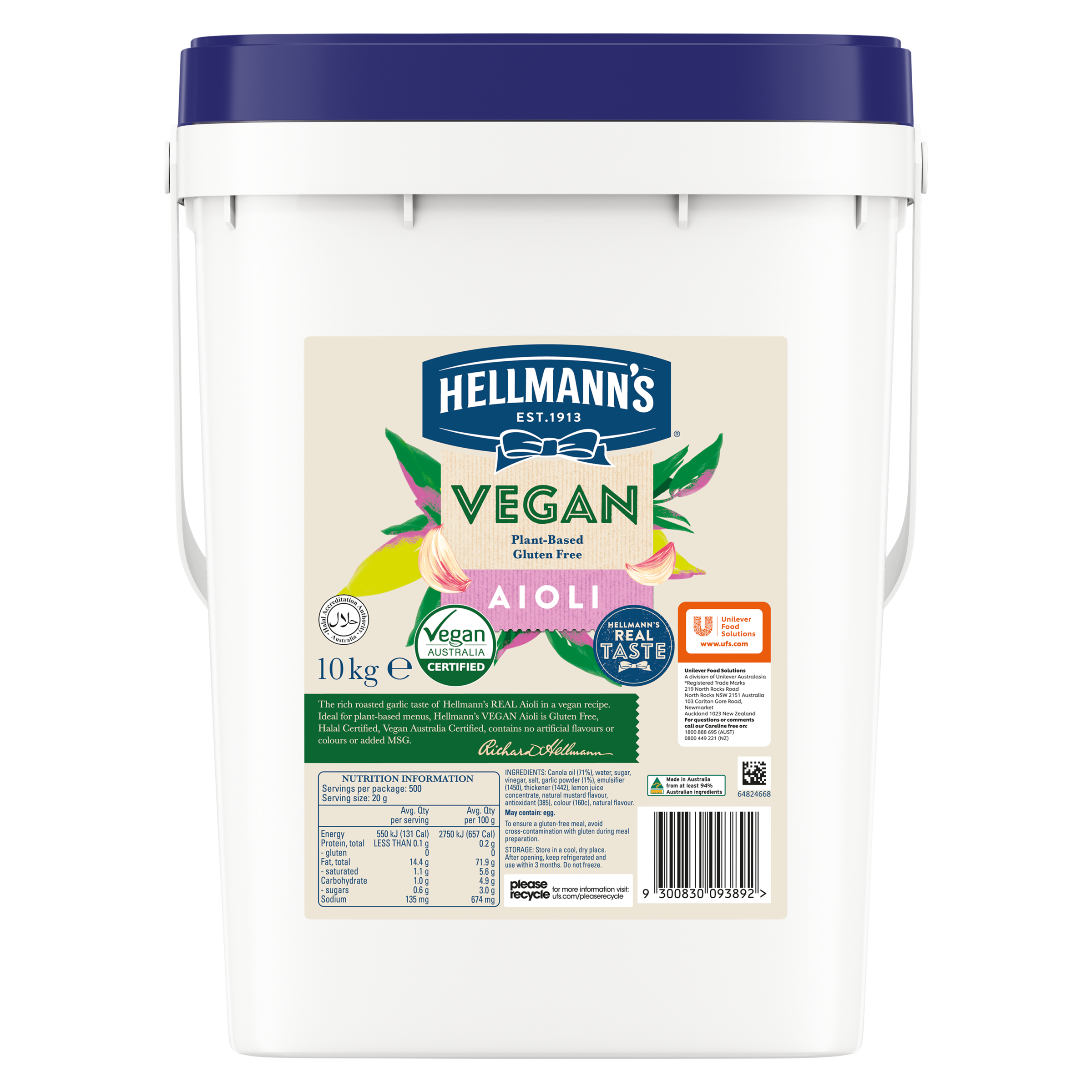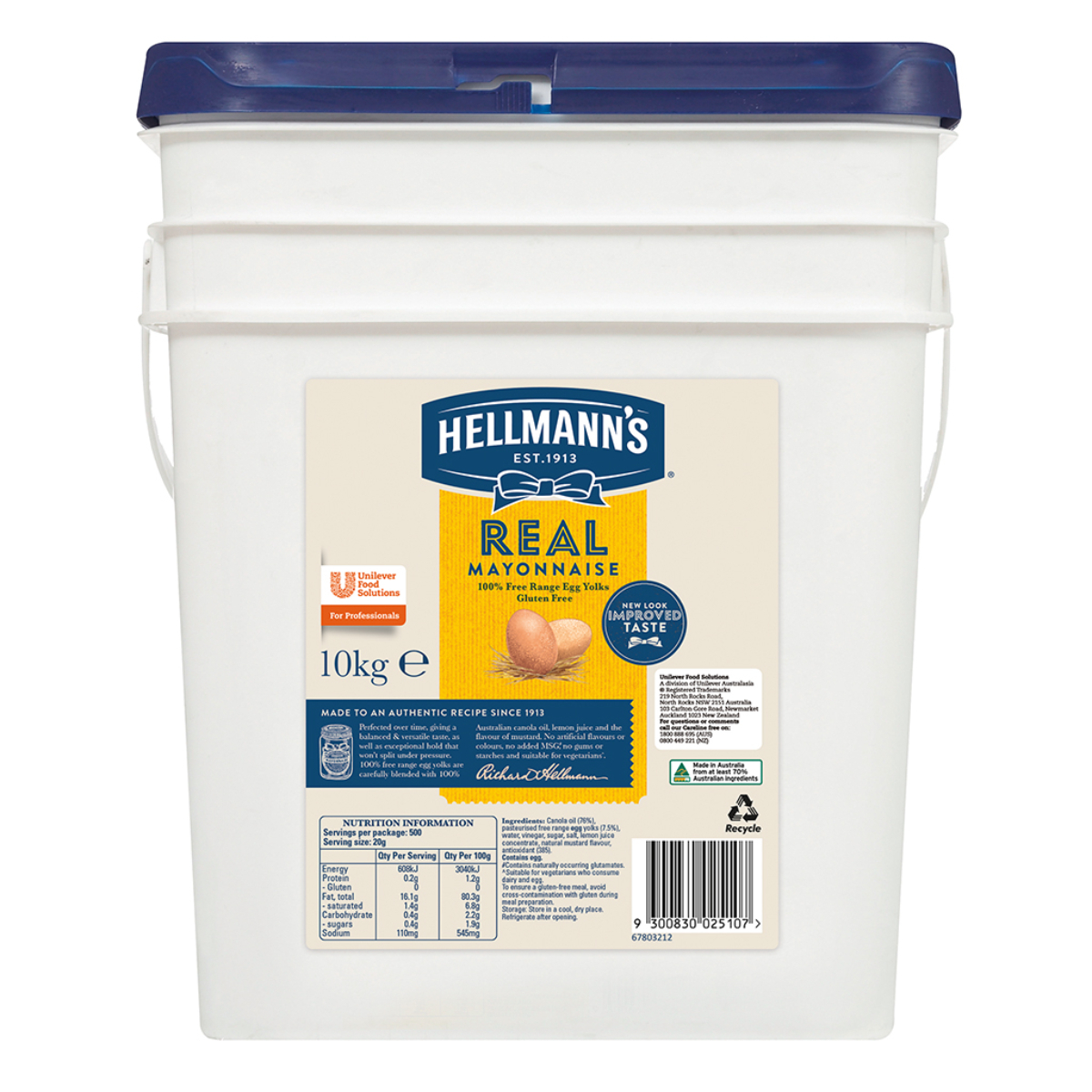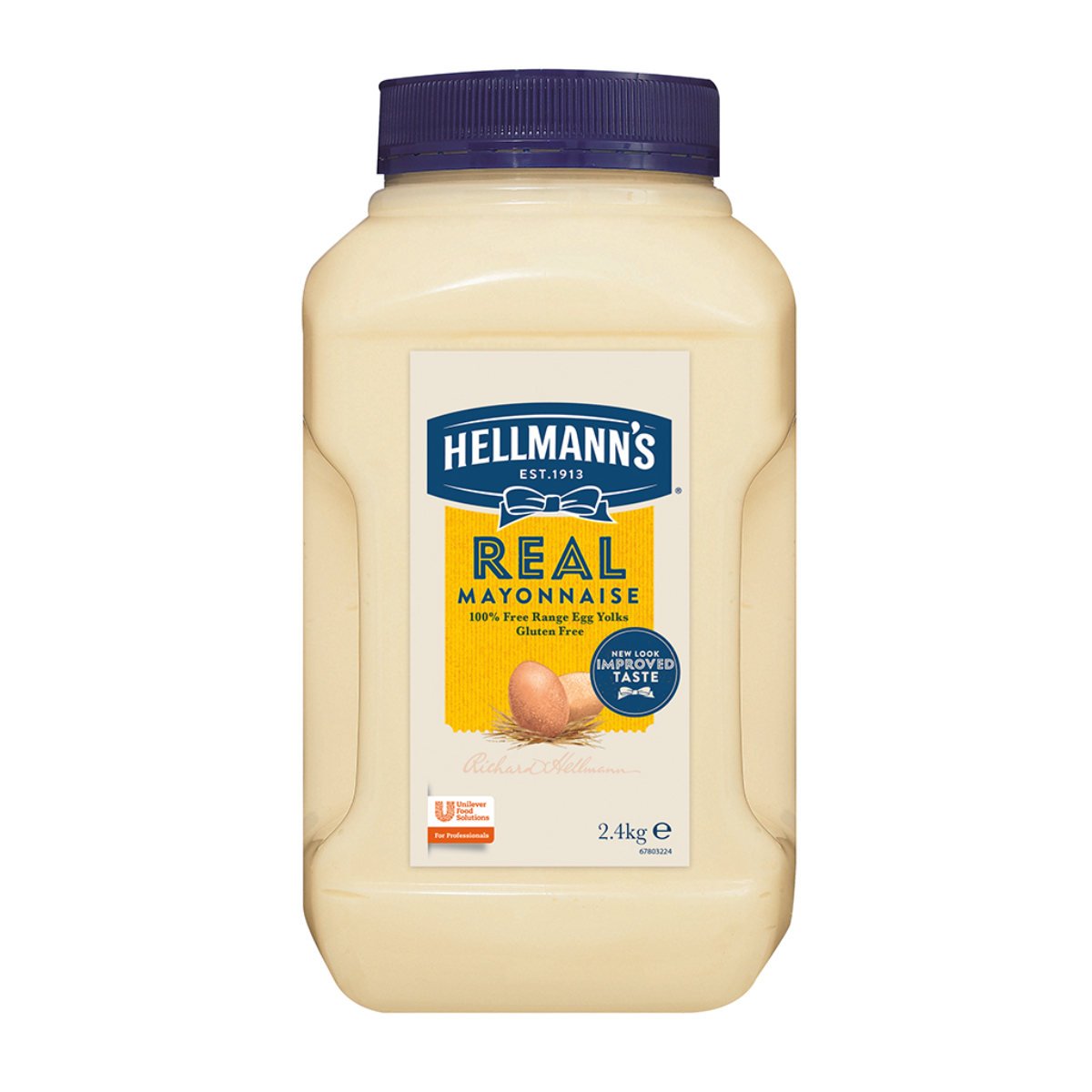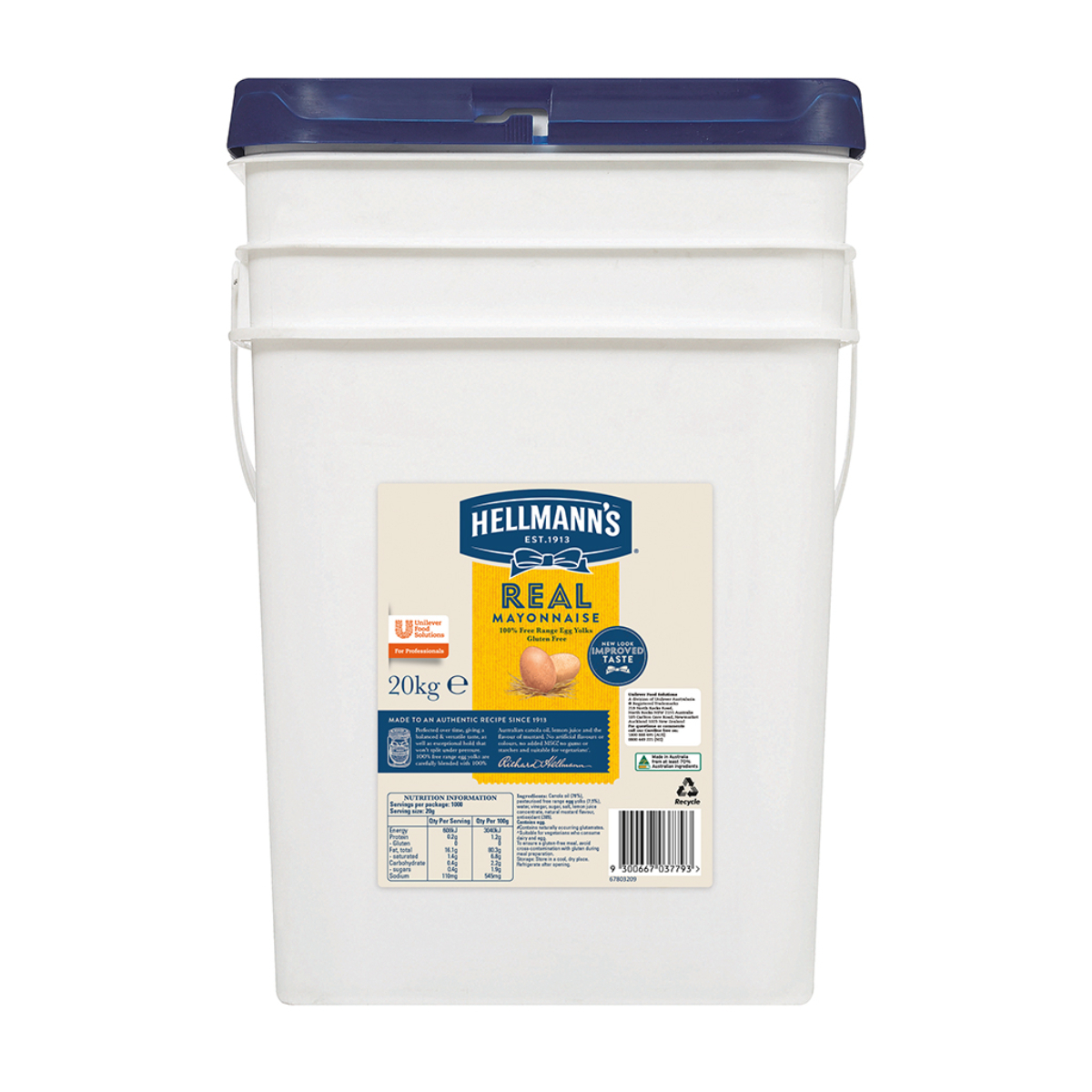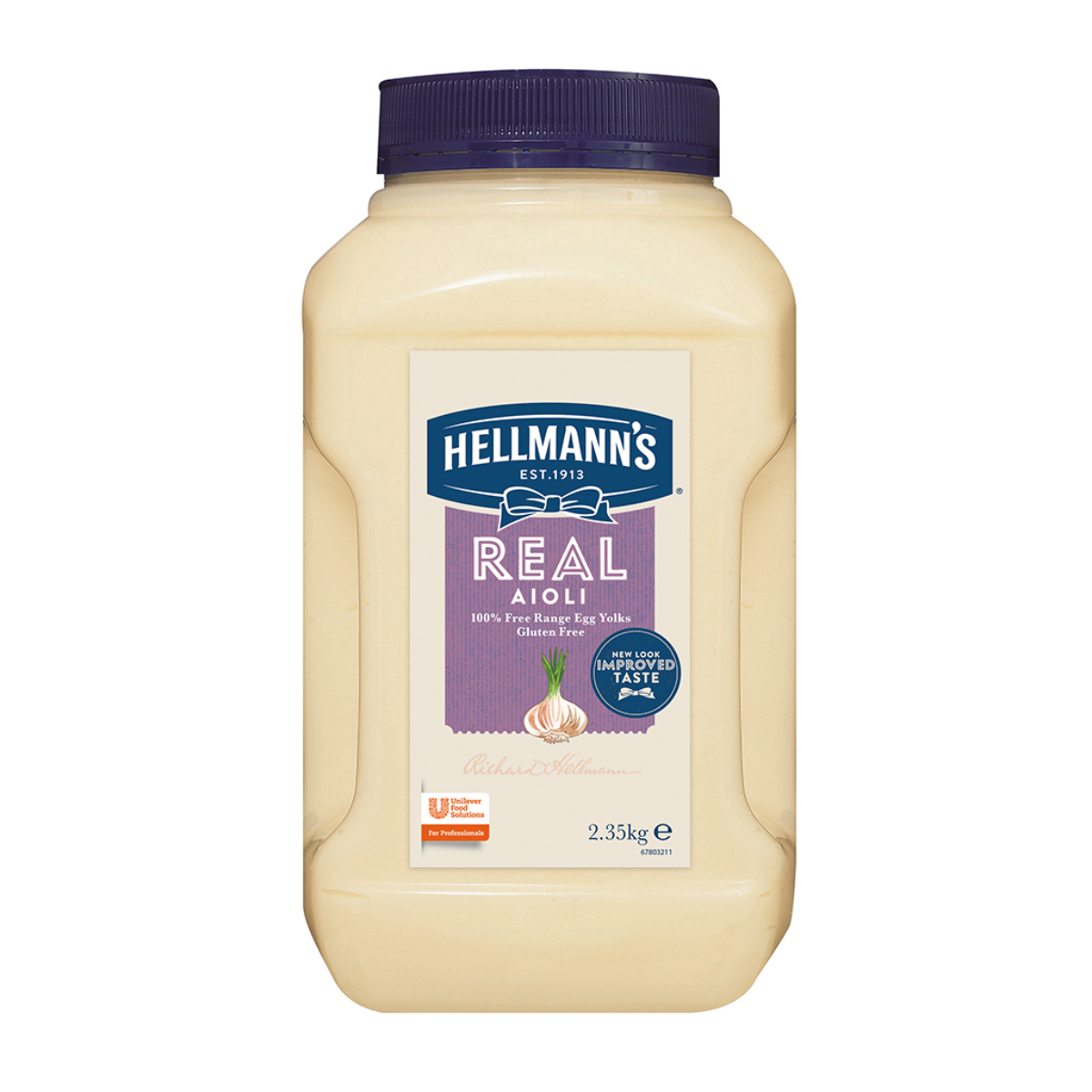In 2021 sweeping news headlines reported an Australian feta shortage. But this one was not caused by COVID logistics issues, drought, fire or any of the usual supply chain disruptors. This shortage was down to a viral social media food trend with millions of views, thousands of spin-offs and a clear real-world impact influencing shopping habits. The recipe was for baked feta pasta, requiring only a handful of ingredients and it had made its way onto TikTok, where it took off. ‘Coles reports a massive spike in sales of feta cheese and tomatoes’ read the Daily Mail headline, reporting that the supermarket had seen a 20 per cent increase in feta sales. ‘ALDI shopper reveals the TikTok pasta recipe that’s created a feta shortage’ said 7news.com.au. But the phenomenon wasn’t limited to Australia. Similar news stories had been seen in Finland, the UK and the US, all reporting on the hype around the dish and the resulting impact on local feta supplies. It was a clear and powerful example of just how social media food trends influence consumer behaviour.
How social media food trends work
The ‘feta shortage’ demonstrated the power of a social media trend and its direct link to the audience. These food trends are driven by audiences interacting with content, not by tastemakers and marketers. The trends do not wait for the traditional news cycle and they have very real outcomes. By liking, commenting, searching or creating linked posts, audiences influence the algorithms that rank popular content on the platforms. Users can both harness the popularity of a trend to create popular content of their own and contribute to the momentum of a trend. It also means these trends can be harnessed in various ways; from acting as a marketing tool to using the trends to shape and inspire menus and presentation.
Why social media food trends matter for hospitality venues
“These days your social media is as important as the food, to be honest,” says Harvi Singh, owner of Common Ground Coffee and Kitchen in Hurstville. The professional images on their Instagram account reflect this ethos. “We eat with our eyes first and our customers – all of us really – are on social media. So you’re already attracting people to your venue.”
Common Ground is set to open its second venue in Marrickville this month and checking in on social media trends has been an invaluable part of that process.
“We didn’t do social media at the beginning,” says Singh who now engages an agency for the purpose, “but it made a massive difference once we did,” with an estimated 15–20 per cent increase in clientele.
“You don’t want to lose your originality, but you can see what clients expect, and you can connect by using a trending piece of music or style in an Instagram Reel .”
He’s clear that following trends slavishly is not the goal. It’s about using trends as a source of information to find out what resonates with customers. What became evident after the great 2021 feta shortage was that food retailers and hospitality businesses could use social media trends to anticipate what customers want.
Harnessing social media food trends
In April 2022, some supermarkets sent press releases to food media announcing a new social media aisle where items featured in viral food trends would be located. It turned out to be an April Fools’ stunt, but it did reflect an interest in harnessing the power of food trends.
In May this year, the trend for creating King Charles III’s official coronation quiche saw my own local supermarket place the main ingredients (broad beans and spinach) side-by-side in the frozen section at a time when fresh broad beans were not in season. While a current trend for ‘smash burger tacos’ has seen Woolworths create their own Instagram recipe directly listing their products.
How social media food trends relate to venues
But social media food trends also reflect consumer interest in menu items and venue styling. This was seen in the rise of Sydney’s Black Star Pastry bakery, where around 11 years ago, chef Christopher Thé’s artistic strawberry and watermelon cake became one of the most Instagrammed cakes in Australia and the world. According to The Sydney Morning Herald, it drew international travellers thanks to the Chinese social media platform WeChat, with the trend to photograph the cake making the bakery ‘an unofficial national treasure, a must-stop on the Sydney tourism circuit’ according to a New York Times Magazine article.
Around the same time, Sydney’s sprawling cafe and urban farm The Grounds of Alexandria earned a reputation as one of Australia’s most Instagrammed venues, thanks to the trend of using the photogenic venue for social media content.
Both titles mean that these hospitality businesses could tap into what consumers wanted, earning invaluable publicity for their products and venues, catapulting them to success as consumers shared their in-venue experiences. It’s the kind of advertising that money can’t buy, and it still serves as an excellent case study, demonstrating that social media food trends are a deep well of information for the hospitality industry.
Social media food trends in recent months on both TikTok and Instagram have included:
- The cheeseburger smash taco (Big Mac taco, cheeseburger taco)
- Puff pastry tart hacks (upside-down tarts made with just a few ingredients)
- The ongoing baked feta past hack (which now has myriad variations)
- Quiche (as a direct reflection of Charles III’s Royal Coronation menu)
- Cottage cheese hacks and recipes (including cottage cheese bread, ice cream and pudding)
- Baked oats and overnight oats
- Whipped feta (following on from the butter board trend of 2022)
- Flat croissant sandwiches (candied croissant sandwiches)
- Vegan, plant-based, low sugar or gluten-free desserts (anything that has a healthy factor)
- Whole roasted vegetables (cauliflower being the most prominent)
- Edible flowers as part of food presentation
- Parmesan baked vegetables (particularly potatoes and carrots)

